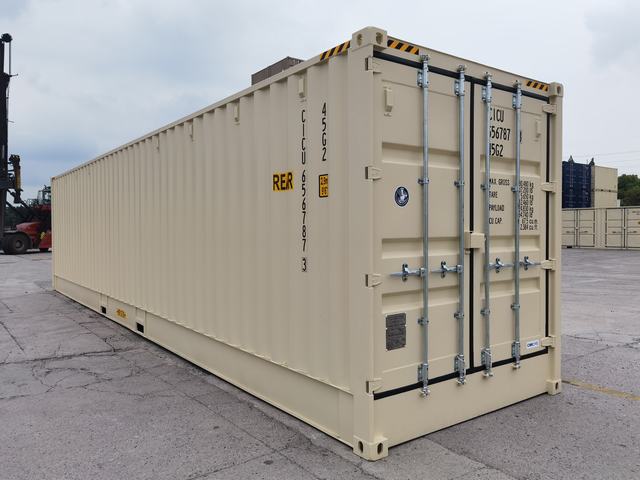Navigating Safety: The Ultimate Guide to the Safest Trucks in Crash Scenarios
When it comes to choosing a vehicle, safety is often at the forefront of consumers' minds, especially for those considering a truck. Trucks are not only used for personal transportation but also for heavy-duty tasks, making their safety in crash scenarios a critical factor. In this article, we will delve into what constitutes the safest truck in a crash, examining various aspects such as structural integrity, safety ratings, advanced technology, and real-world performance.
Understanding Truck Safety Ratings
The safety of a truck can be assessed through various ratings and tests conducted by organizations such as the National Highway Traffic Safety Administration (NHTSA) and the Insurance Institute for Highway Safety (IIHS). These organizations perform rigorous crash tests that evaluate how well a vehicle protects its occupants in different types of collisions.
Crash Test Ratings
- Frontal Crash Tests: These tests simulate head-on collisions, assessing the truck's ability to absorb impact and protect the driver and passengers.
- Side Impact Tests: Evaluating how well a truck withstands side collisions, these tests are crucial for understanding the vehicle's structural integrity.
- Rollover Tests: Given the higher center of gravity in trucks, rollover tests are essential to determine how likely a truck is to tip over in an accident.
Key Features of the Safest Trucks
Structural Integrity
The design and materials used in a truck's construction play a significant role in its safety. Trucks with reinforced frames and crumple zones are better equipped to handle impact forces. Manufacturers are increasingly using high-strength steel and aluminum alloys to enhance durability while keeping weight in check.
Advanced Safety Technologies
Modern trucks are equipped with a plethora of advanced safety features that significantly enhance their crashworthiness. Some of these technologies include:
- Automatic Emergency Braking (AEB): This system detects an impending collision and automatically applies the brakes to mitigate or avoid the crash.
- Lane Departure Warning (LDW): This feature alerts drivers when they unintentionally drift out of their lane, reducing the risk of side collisions.
- Adaptive Cruise Control (ACC): By maintaining a safe distance from the vehicle ahead, ACC helps prevent rear-end collisions.
Crash Avoidance Systems
While structural integrity is crucial, preventing a crash is even more important. Many of the safest trucks on the market today come equipped with a suite of crash avoidance technologies, including:
- Blind Spot Monitoring: This system alerts drivers to vehicles in their blind spots, reducing the likelihood of side collisions during lane changes.
- Traction Control and Stability Control: These systems help maintain control of the vehicle during adverse weather conditions or sudden maneuvers.
Real-World Performance
While crash test ratings and safety features provide valuable insights, real-world performance is equally important. Analyzing data from actual accidents can reveal how different trucks perform in various crash scenarios.
Consumer Reports and Safety Ratings
Organizations like Consumer Reports compile data from real-world accidents, providing consumers with insights into which trucks have historically performed well in crash situations. This information can be invaluable when making a purchasing decision.
The Safest Trucks on the Market
Based on crash test ratings, safety features, and real-world performance, several trucks consistently rank as the safest options available:
- Ford F-150: Known for its robust construction and advanced safety features, the F-150 has received high ratings from both NHTSA and IIHS.
- Ram 1500: With a strong frame and a suite of safety technologies, the Ram 1500 is another top contender in the safety category.
- Chevrolet Silverado 1500: This truck combines solid crash test performance with advanced safety features, making it a reliable choice for safety-conscious consumers.
Conclusion
When searching for the safest truck in a crash, it's essential to consider a combination of crash test ratings, structural integrity, advanced safety technologies, and real-world performance. By prioritizing these factors, consumers can make informed decisions that not only enhance their driving experience but also ensure their safety and that of their passengers. As technology continues to evolve, the landscape of truck safety will undoubtedly improve, offering even more options for those seeking peace of mind on the road.

